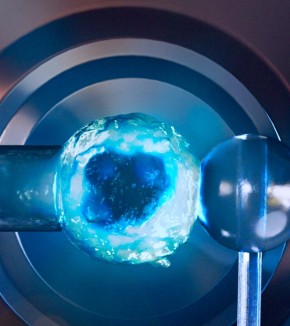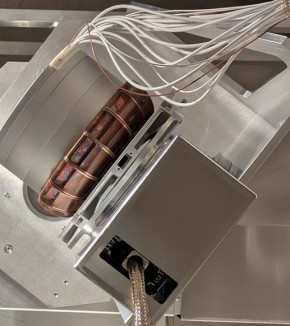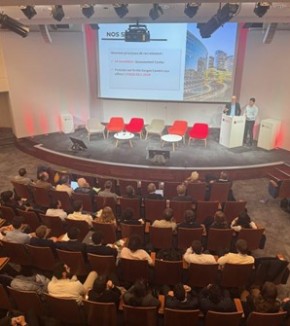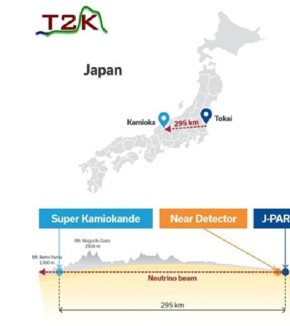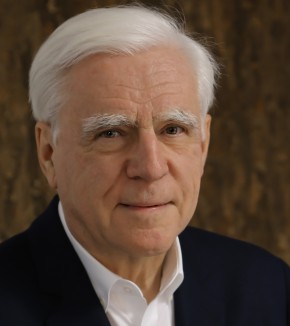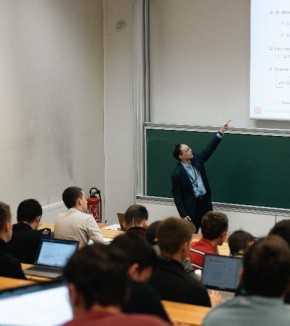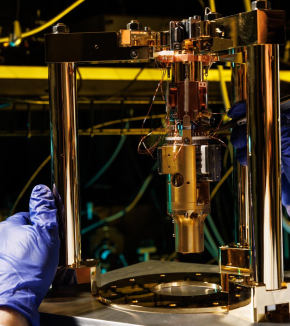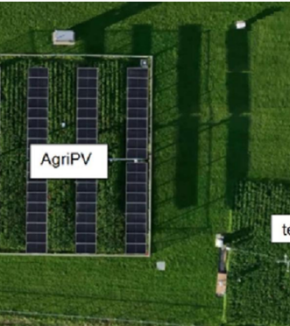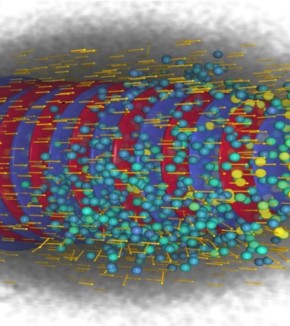Workshop on the Smilei code for simulating plasmas
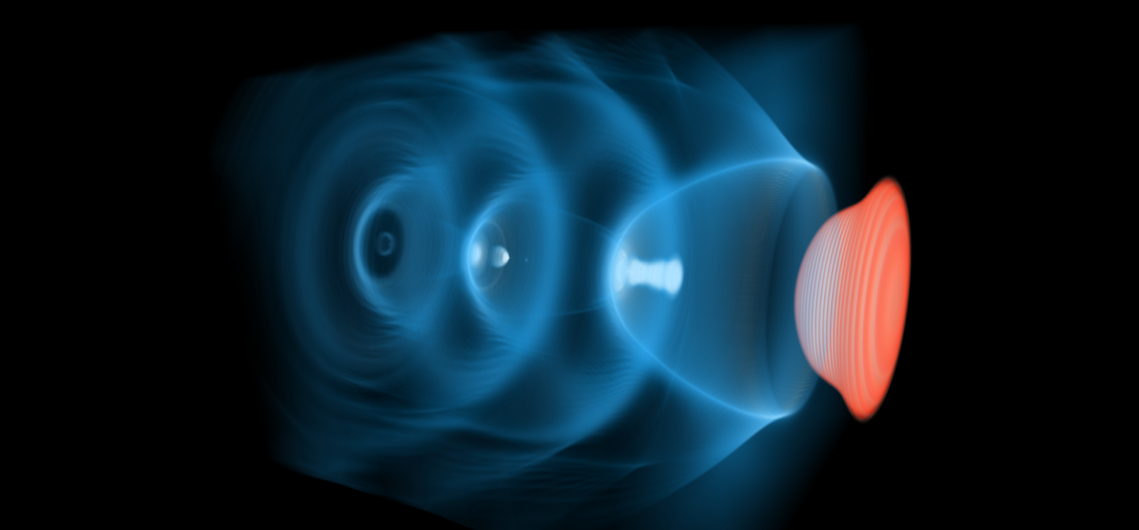 Smilei is an open-source code for plasma simulation, the result of a collaboration between physicists and high-performance computing experts. It can simulate relativistic interactions between lasers and plasma or astrophysical phenomena. The workshop from
Smilei is an open-source code for plasma simulation, the result of a collaboration between physicists and high-performance computing experts. It can simulate relativistic interactions between lasers and plasma or astrophysical phenomena. The workshop from
Simulation is a central task for research related to high-power lasers, due to the complexity of the processes of their interaction with matter. In order to create and federate a community of researchers in this field, researchers from the Laboratory for the Use of Intense Lasers (LULI*), the Leprince Ringuet Laboratory (LLR*) and the House of Simulation at the CEA have created the Smilei code. The latter solves systems of equations with specific partial derivatives, the coupled Maxwell and Vlasov equations. To do this, the particle-in-cell (PIC) method is used, which consists of describing the electromagnetic fields on a grid (a set of cells), while the dynamics of the plasma are described by following the movement of characteristic particles.
Today, the applications of Smilei are numerous and cover multiple fields. The scientific literature contains more than a hundred research papers dealing with simulations carried out with this open-source particle-in-cell code. In particular, it can model laser-plasma interactions, including the "laser wakefield" effect, which traps electrons in the wake of a laser at near-light speeds in a vacuum. High-energy astrophysics with cosmic rays, or space physics with the study of solar winds can also be modelled by this versatile code. Smilei also has a module, called Happi, for post-processing data and creating images, graphics and even videos.
From 9 to 11 March, the 3rd workshop dedicated to this code took place at the École Polytechnique, organised by the ever-growing development team. This highly international event brought together nearly 80 participants from Europe, China, the United States, and Russia. With more than 10 hours of hands-on work and numerous presentations of results and feedback from Smilei users, the workshop exchanges were aimed at both experienced coders and novices.
The community aspect of Smilei is at the heart of its design and evolution. In fact, in addition to being accessible to all and having multiple online documents to help them get to grips with the software, the developers have created a chat room so that users can exchange with each other and ask and answer any questions. Smilei's accessibility and optimisation have enabled it to take an important place internationally.
Optimised for supercomputers, Smilei carries out simulations on all the largest French machines, and also internationally, such as the most powerful supercomputer currently available, Fugaku, located in Japan.
Smilei is part of the strategic global competition for the first exascale supercomputer, in which France is participating. Such a machine will be capable of performing 10 to the power of 18 (i.e. one billion billion) floating point operations per second. Smilei is currently being optimised to take full advantage of the capabilities of exascale computing.
* LLR: a joint research unit of CNRS, École Polytechnique - Institut Polytechnique de Paris
LULI: a joint research unit of CNRS, École polytechnique - Institut Polytechnique de Paris, CEA, Sorbonne University
 Support l'X
Support l'X 
